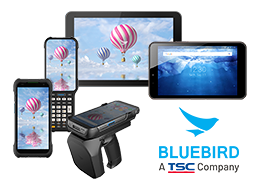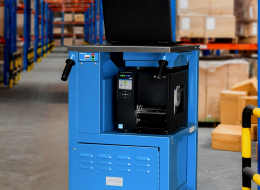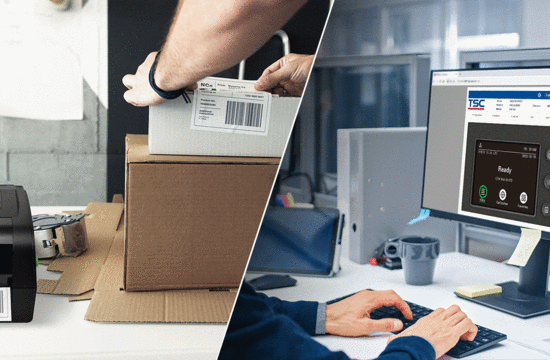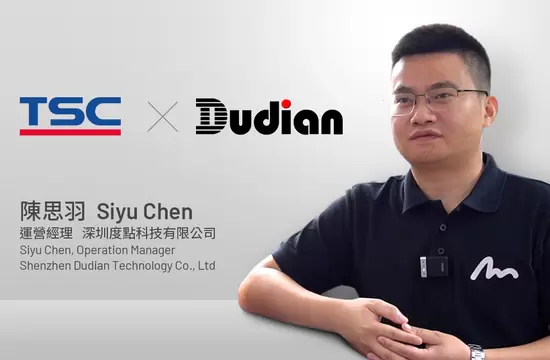Welcome to Our Blog
Get the latest information on new products and solutions, trending industry topics, best practices, tips and tricks, and much more.
Automotive
1429
/en/blog/automotive
Barcode Inspection
418
/en/blog/barcode-inspection
Cadeia de suprimentos
1461
/en/blog/cadeia-de-suprimentos
Cannabis
1430
/en/blog/cannabis
Company News
415
/en/taxonomy/term/415
Events and Tradeshows
1421
/en/blog/events-and-tradeshows
Food & Beverage
1426
/en/blog/food-beverage
Healthcare
1425
/en/blog/healthcare
High Resolution
414
/en/blog/high-resolution
Industry Trends
1419
/en/blog/industry-trends
Manufacturing
1424
/en/blog/manufacturing
Mobile Printing
1420
/en/blog/mobile-printing
Partner Perspectives
1460
/en/blog/partner-perspectives
Remote Printer Management
1432
/en/blog/remote-printer-management
Retail
1423
/en/blog/retail
RFID
416
/en/blog/rfid
Software Solutions
1433
/en/blog/software-solutions
Standalone
419
/en/blog/standalone
Supplies
417
/en/taxonomy/term/417
Tips & Best Practices
1431
/en/blog/tips-best-practices
Transportation & Logistics
1422
/en/blog/transportation-logistics
Warehouse & Fulfillment
1427
/en/blog/warehouse-fulfillment
Managing a large fleet of desktop barcode label printers can be a daunting task. Keeping track of configurations, troubleshooting issues, and monitoring printer health can quickly become overwhelming. That's why remote printer management is a critical tool for any organization that relies on barcode label printing.
As e-commerce and brick-and-mortar continue to merge, retailers face increasing complexities with omnichannel pricing strategies. Recent studies show that 85% of Buy Online, Pick Up In-Store (BOPIS) customers make additional purchases when picking up their orders in-store.
With the boom in e-commerce and omnichannel fulfillment, warehouses have become crucial and are growing in number.
As TSC Auto ID continues to lead the way in barcode and RFID printing solutions, it’s essential to reflect on the partnerships that have helped shape our success. One such valued partner is Levata, a company that has worked with TSC Auto ID for over 12 years. We recently had the pleasure of speaking with Todd Muscato, Chief Digital Officer at Levata, to gain insight into the collaborative relationship between our companies.
Linerless is emerging as a favored labeling solution. Whether in retail, logistics, healthcare, or beyond, enterprises are seeking a greener, more efficient labeling experience. Dive into our ultimate Linerless Q&A guide below to help you make informed decisions on sustainable and streamlined labeling.
In the healthcare industry, the medication administration process demands careful attention and high precision to prevent patient harm. Clinical prescriptions and treatments play a crucial role in determining the medication route for patients, and any error resulting from a delay or omission is irreversible. Particularly, time-critical medicines (TCM) require special consideration due to their time sensitivity, and failure to administer them promptly could lead to severe consequences.
Shenzhen Dudian Technology Co., Ltd., established in 2012, is dedicated to the domestic e-commerce barcode printer market in China. We have gradually become a one-stop shop for barcode equipment, and occupy a significant position in the Chinese e-commerce market.
Warehouse and logistics are the hidden success behind nearly every business operation, ensuring items move through the supply chain at the right place and time. Speed and efficiency are critical in these industries, and labeling is no exception. Labeling is essential in item, box, and pallet tracking. The key is performing this action quickly and efficiently.
The retail industry plays an integral role in our daily lives, encompassing everything from buying clothing and groceries to ordering take-out meals, all of which involve labels. Labeling can be very demanding for the retail sector. In the modern-day retail world, there is a wide variety of labels that require flexibility to adapt to the industry's diverse applications.
Businesses today actively seek ways to minimize their environmental impact and enhance workplace safety. One effective approach is transitioning from traditional labels to linerless labels. This transition not only reduces environmental impact but also aligns seamlessly with regulatory compliance, significantly enhancing operational efficiency.















































